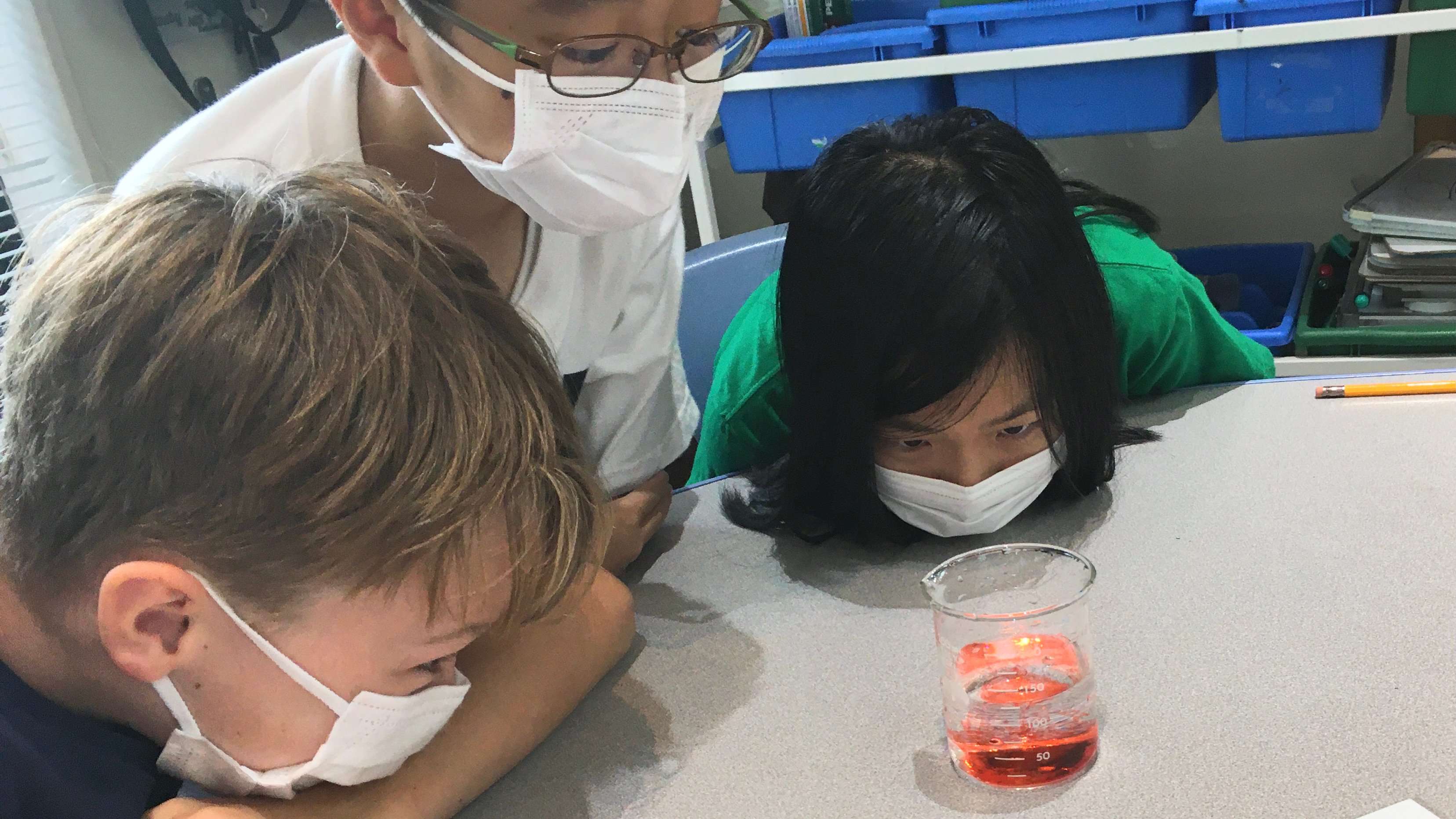
GO
Our Mission
Inquire, Inspire, Impact
Definition Of Learning
Who We Serve
International Mindedness
Well Being
Our Belief About Language
Safeguarding Policy
School Development Plan(SDP)
Strategic Planning 2022
NIS at a Glance
NIS Stories
NIS News
NIS Live Streaming
Greetings
Why Choose NIS?
Admissions Policy & Process
Learning Challenges & Language Expectations
Tuition, Fees & Registration
Transitions Support: Admissions & Withdrawal
Admissions FAQs
Open Houses
Learning at NIS
The IB at NIS
Student Life at NIS
Visual & Performing Arts
Technology & BYOD
Safeguarding Policy (Child Protection)
Our Community
Parent Partner News
Parent Partner Events Calendar
Parent Partner/PTA FAQs
Request Transition Partner Match-Up
Life Dolphins After School Childcare Program
Partner Preschools
SAT Testing
Chubu Perspectives Discussion Series II
Alumni Home
Alumni Spotlight
Alumni Pathways
Dolphin Tales
Reflections
Connections
Yearbook Archives

